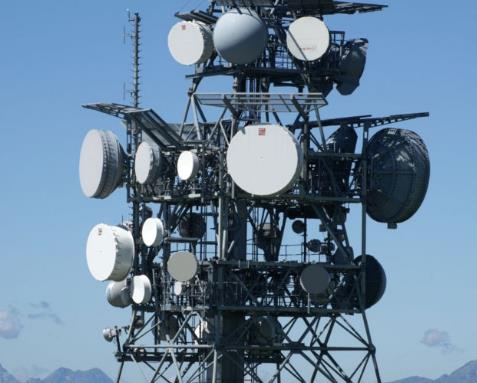Why Use Microwave Isolators in RF Applications?
Microwave isolators are indispensable components in RF (Radio Frequency) applications, serving critical functions that enhance system performance and protect valuable equipment. These devices allow electromagnetic waves to travel in one direction, effectively isolating components within the system to prevent unwanted feedback and interference. Understanding the strategic benefits of incorporating microwave isolators into RF systems can help elucidate why they are so crucial in modern telecommunications, radar, and other microwave technologies.

Enhanced Signal Integrity and System Performance
Directional Signal Control
Microwave isolators ensure that signals in RF systems flow in one intended direction, which is crucial for preventing the re-entry of signals into the output of devices like amplifiers. This directional control helps in maintaining the purity and integrity of the signal, significantly enhancing system performance. By preventing signal reflection back to the source, isolators help maintain a clear and stable transmission path, crucial in high-stakes applications such as air traffic radar and satellite communications.
Prevention of Signal Leakage and Interference
Isolators are specifically designed to offer high isolation between input and output ports—typically ranging from 15 dB to over 30 dB. This isolation is critical in systems where multiple signals are transmitted simultaneously or where sensitive equipment could be damaged by stray RF energy. By ensuring that backward signals are absorbed and dissipated, microwave isolators prevent cross-channel interference, which could otherwise lead to system inefficiencies and data errors.
Protection of Sensitive Components
Safeguarding Amplifiers and Transceivers
One of the primary reasons for using microwave isolators in RF applications is to protect sensitive components such as amplifiers and transceivers from damage caused by high-power reflected waves. These components are often not designed to handle the energy from reflected signals, which can lead to overheating, reduced operational life, or catastrophic failure. Isolators absorb this unwanted energy and convert it into heat, which is then safely dissipated, thereby safeguarding the longevity and functionality of the system's critical components.
Enhancing Equipment Longevity and Reducing Maintenance Costs
The protective function of isolators directly translates to enhanced equipment longevity and reduced maintenance costs. By minimizing the risk of component damage, systems require less frequent repairs and can operate more reliably over extended periods. This reliability is especially important in mission-critical systems where failures can lead to significant operational disruptions and high repair costs.
Applications Across Various Industries
Telecommunication Systems
In the telecommunications sector, microwave isolators are used to improve the clarity and reliability of signal transmission in cellular base stations and other communication equipment. They help manage the signals transmitted and received by antennas, ensuring that the outgoing communications do not interfere with incoming calls and data.
Radar and Navigation Systems
Microwave isolators play a vital role in radar and navigation systems, particularly in military and aerospace applications. They ensure that the powerful signals emitted by radar transmitters do not feedback into the system, which could degrade the radar's ability to detect objects accurately.
Scientific and Medical Equipment
In medical and scientific applications, such as MRI machines and laboratory RF equipment, isolators help manage high-frequency signals, ensuring that the equipment operates within safe and effective parameters.
Microwave Isolators are critical in optimizing the performance and reliability of RF systems across a broad range of applications. Their ability to control signal flow, prevent interference, and protect sensitive components makes them essential for maintaining the integrity and efficiency of modern RF communications and radar systems. Their deployment in any high-frequency signal environment is a testament to their fundamental role in advancing RF technology.
